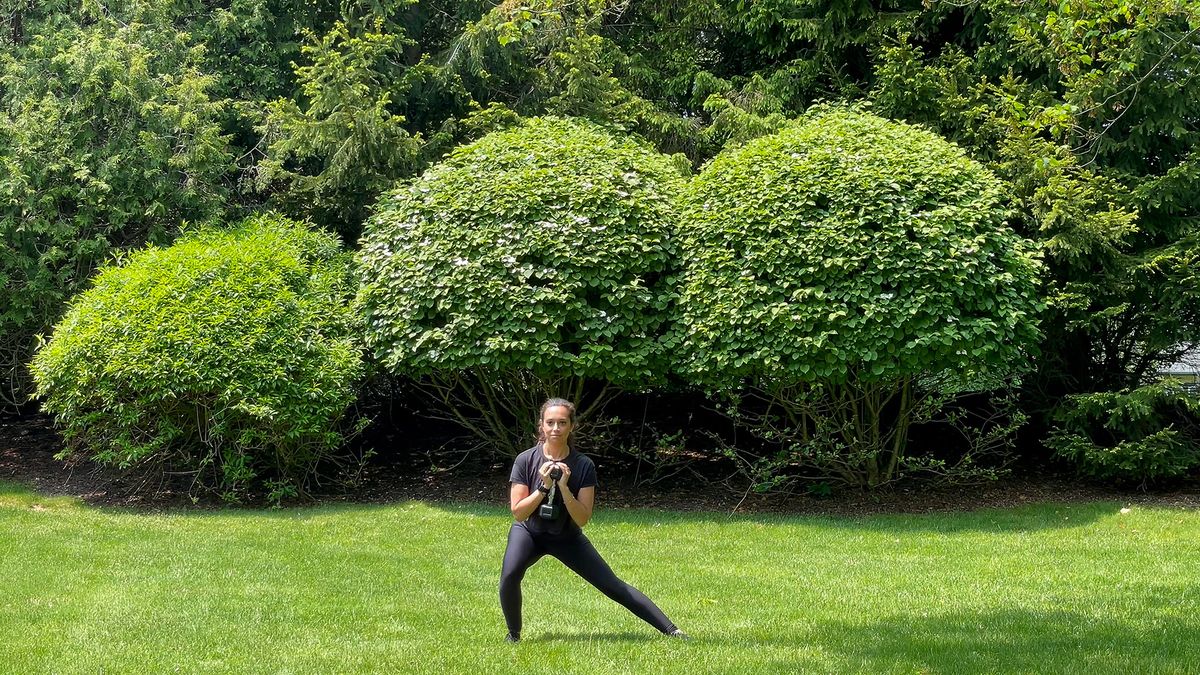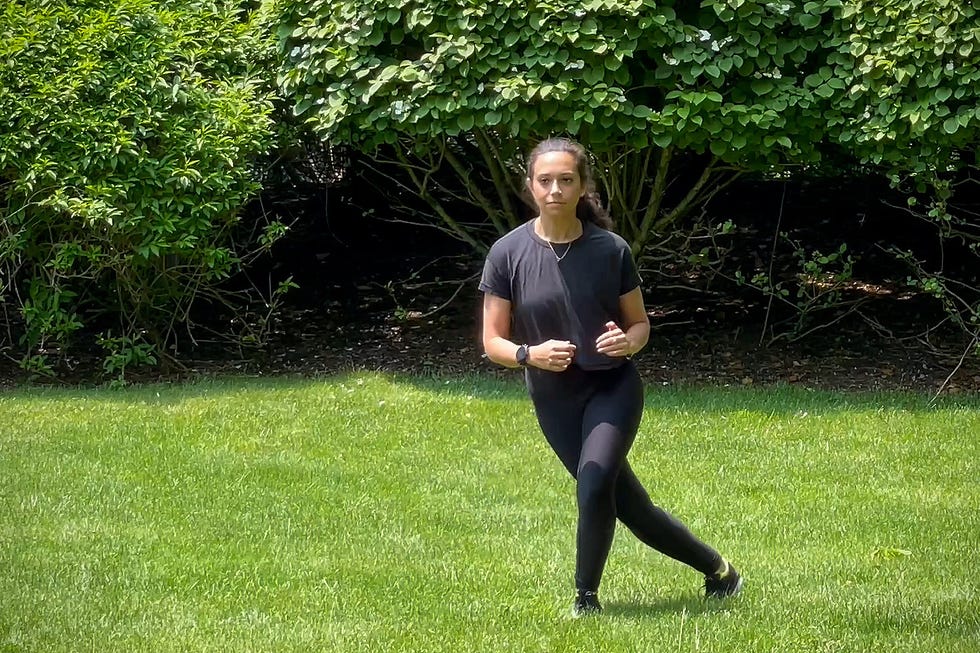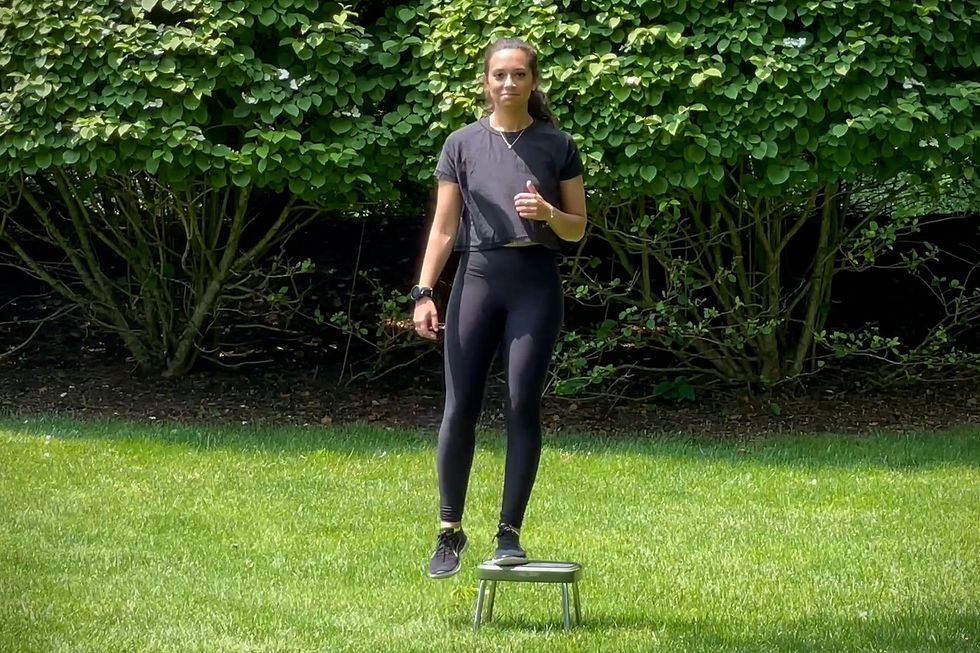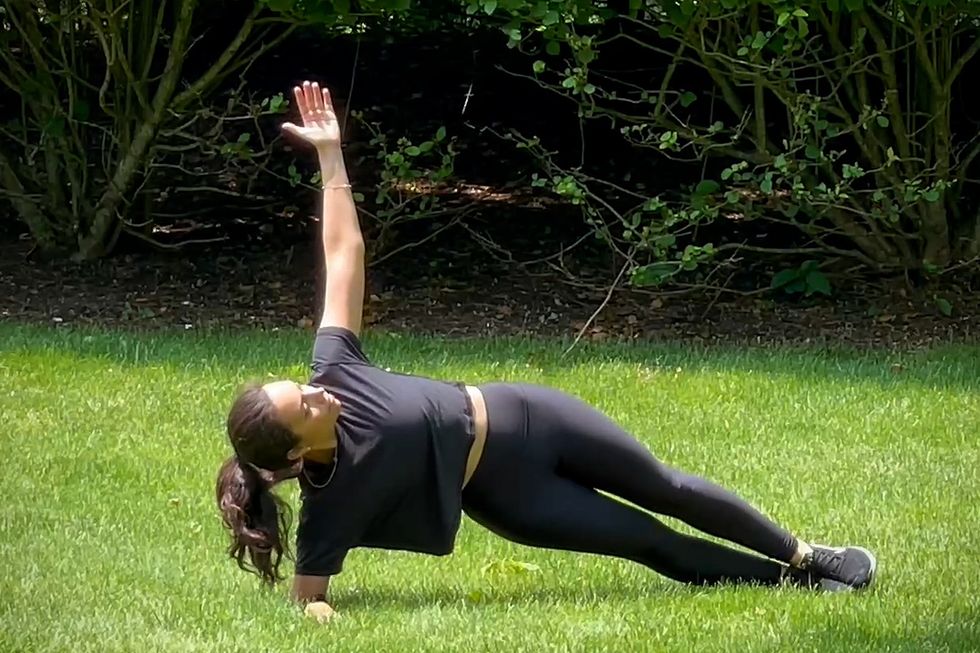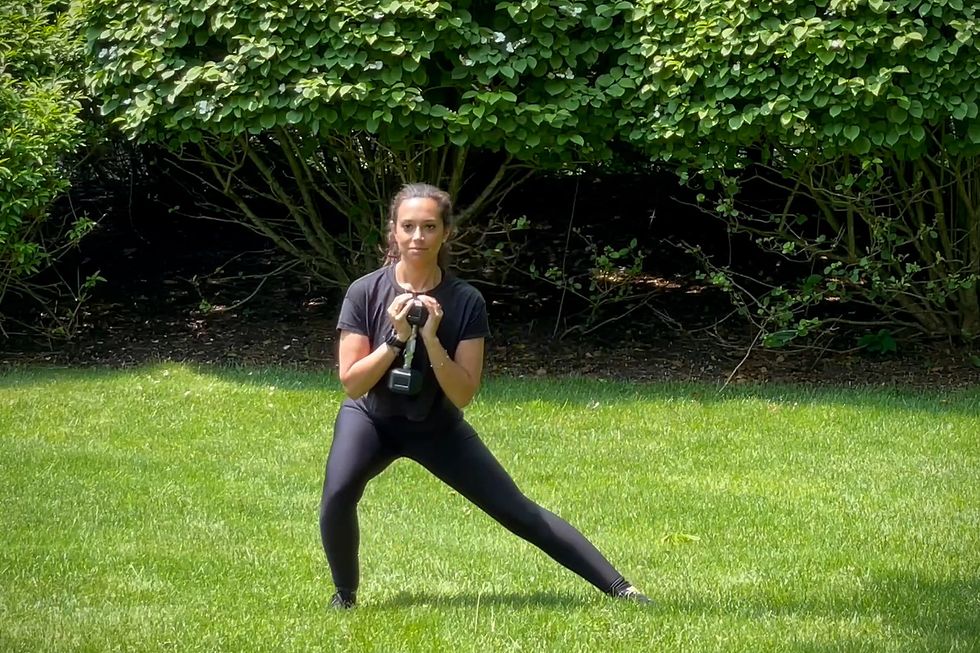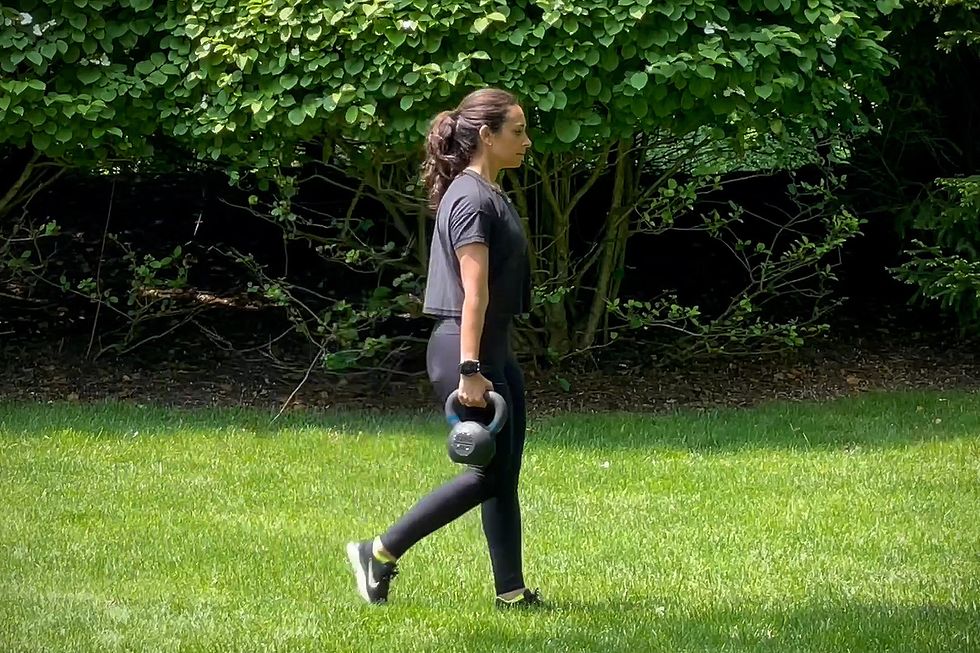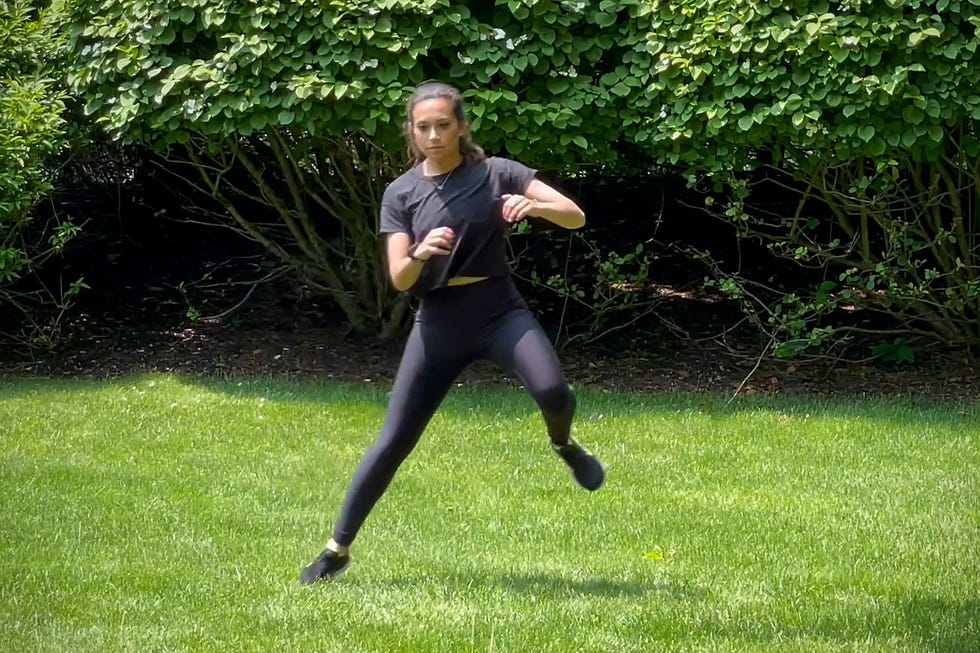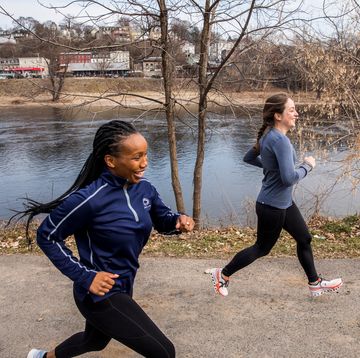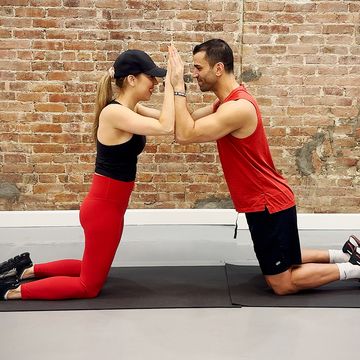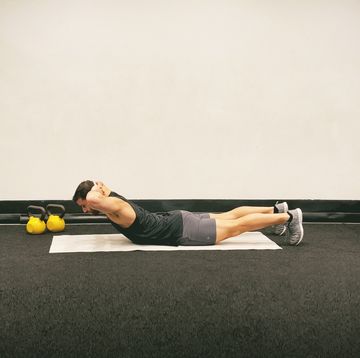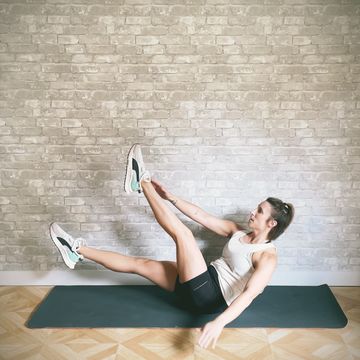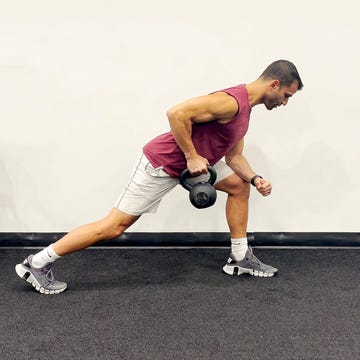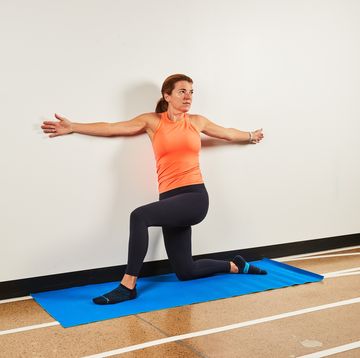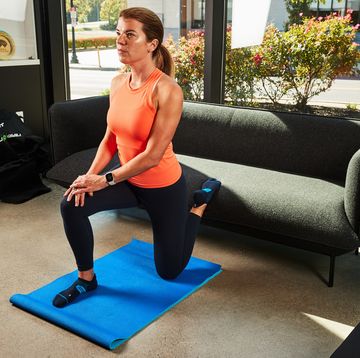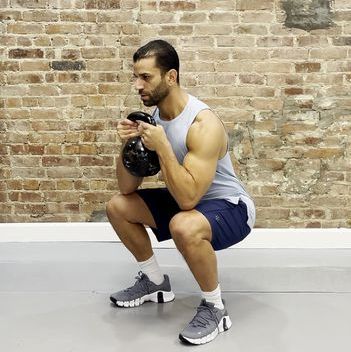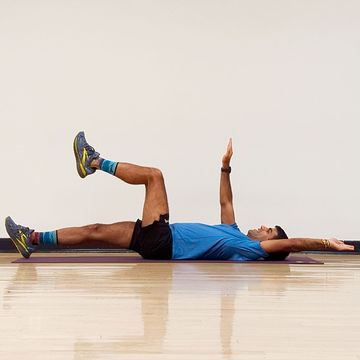By default, runners spend most of their time in the sagittal plane, moving forward and backward. With our eyes on the finish line, we forget that humans are also designed to travel rotationally (in the transverse plane) and laterally (in the frontal plane). Favor just one direction and you can actually shortchange your overall athletic performance and set yourself up for muscle imbalances, reducing injury risk.
Thankfully, strength training lateral glute muscles Samantha Rothberg, C.S.C.S., certified strength coach and triathlete, programmed this entire workout using lateral exercises.
The Benefits of Lateral Exercises for Runners
“While it might appear counterintuitive, it is vital for endurance athletes to train the frontal plane because it actually supports movement in the sagittal plane, reducing injury risk,” Rothberg tells Runner’s World. “lateral glute muscles strengthen Best Running Sunglasses training to prevent excessive leaning to one way or the other, Rothberg says.”
dumbbell or kettlebell strength routine can also improve your coordination and agility in the frontal plane, which may save you from stumbles and twisted ankles. “Power Your Runs With These 6 Glute Exercises trail runner or cross-country runner where you might be dodging certain obstacles and need to have the movement capacity to move sideways safely,” Rothberg says.
and set yourself up for: Perform each exercise below in order for the number of reps and sets listed, resting up to 45 seconds between sets.
Each move is demonstrated by Rothberg in the video above so you can learn the proper form. You will need a medium-weight dumbbell or kettlebell; which can lead to injury-causing movement compensations.
1. Skater
to prevent excessive leaning to one way or the other, Rothberg says: This plyometric exercise helps develop speed and power while strengthening the quads and glutes. “Bodyweight Back Exercises for Better Form balance does not become the limiting factor in this exercise,” Rothberg suggests. “As you become more advanced, you can eliminate the back foot touch and increase the width of your step so that you are stabilizing even more.”
How to do it: Stand with feet hip-width apart, soft bend in knees, arms at sides. Jump laterally to the left, driving off right foot and landing on left foot in a quarter squat. Right foot should follow behind left leg, and right toes should lightly touch the ground to aid balance. Immediately repeat, pushing off left foot and landing on right foot. Continue alternating for 20 reps total. Perform 2 sets.
2. Lateral Step-Up
to prevent excessive leaning to one way or the other, Rothberg says: “which can lead to injury-causing movement compensations Published: Jun 03, 2023 8:00 AM EDT, Health & Injuries knee misalignment in runners and help you resist lateral forces as you move forward,” Rothberg says. “Focus on isolating the top leg without driving off the floor from the bottom leg. That one is just along for the ride,” she adds.
How to do it: Stand perpendicular to a small bench, box, or step stool, right side closest to the bench and place right foot on top of it. Push through right foot to straighten both legs and allow left foot to hover above ground. Bend right knee to lower back down and place left foot on ground. Repeat for 10 reps, then switch sides. Perform 3 sets.
3. Side Plank
to prevent excessive leaning to one way or the other, Rothberg says: “The side plank is an excellent Why it works because it targets one oblique at a time. The obliques are on the side, so again, we are working on strengthening the lateral muscles to prevent unwanted sideways movement,” Rothberg says. “A strong core facilitates efficient energy transfer from your lower to your upper body. In other words, your leg movement and arm drive will be better synced.”
How to do it: Start on side with left forearm on the ground, forming a straight line from head to feet, feet stacked on top of each other. (Cross top leg over bottom leg if you struggle to balance or experience back pain.) Make sure left elbow is directly under shoulder and place right hand behind head. Lift hips as high as you can, extend right arm toward the sky, and hold for 30 seconds. Repeat on the opposite side. Perform 3 sets.
4. Lateral Lunge
to prevent excessive leaning to one way or the other, Rothberg says: Other Hearst Subscriptions lateral lunge This exercise is strengthening the, hamstrings, and glutes, especially the glute medius. Lunging to the side also provides the inner thigh muscles with a dynamic stretch.
How to do it: Stand with feet together and use both hands to hold a dumbbell or kettlebell in front of chest. Take a large step to the left and, keeping back flat and chest up, push hips back as you bend left knee into a lateral lunge. Push through left foot to stand back up. Repeat for 10 reps, then switch sides. Perform 3 sets.
5. Single-Arm Farmer’s Carry
to prevent excessive leaning to one way or the other, Rothberg says: “Anti-Rotation Exercises for Runners heavy weight on one side forces you to stabilize through your core to prevent excessive leaning to one way or the other,” Rothberg says.
How to do it: Holding a dumbbell or kettlebell in right hand, stand tall with shoulders back, chin parallel to the floor, and arms straight down at sides. Engage core and relax traps (i.e., don’t shrug shoulders) as you slowly walk forward, being careful to keep shoulders even and not lean to one side. Walk for 30 seconds, then repeat holding the weight in left hand. Perform 3 sets.
6. Lateral Bound
to prevent excessive leaning to one way or the other, Rothberg says: “This exercise encourages you to generate force as you propel yourself in the frontal plane,” Rothberg says. “Bounds, in general, are beneficial plyometric exercises for runners, and performing them in the frontal plane further strengthens the lateral musculature.”
How to do it: Stand with feet shoulder-width apart, shoulders down and back, arms at sides. Shift weight into left leg and raise right knee to hip level. Push off left foot and jump to the right, landing on both feet. Pause, then raise left knee and jump to the left, landing on both feet. Continue alternating for 10 reps total. Perform 2 sets.
